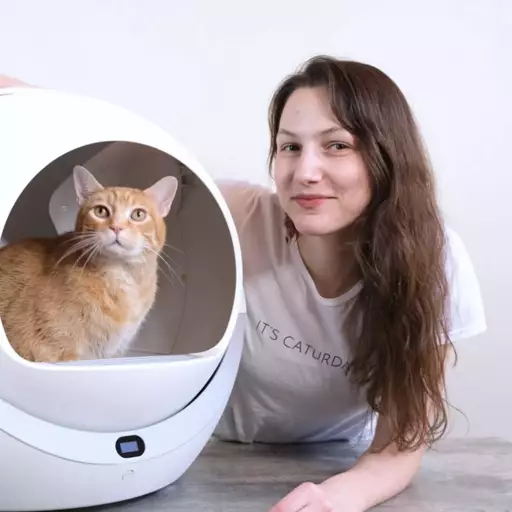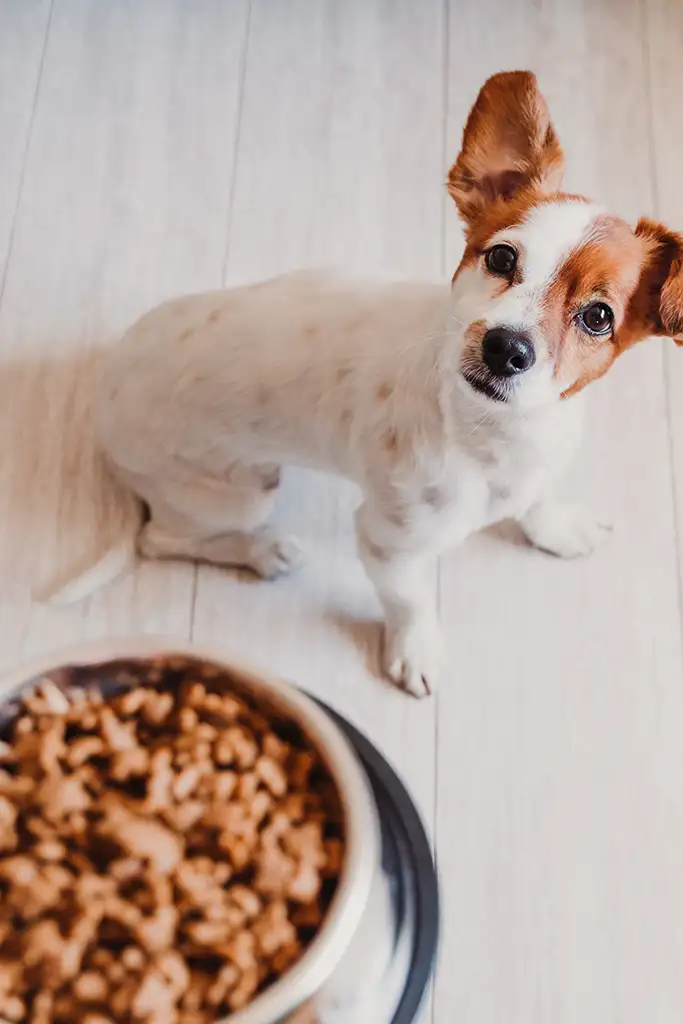How To Figure Out How Much Food To Feed My Dog?
One of the most basic questions people ask about dogs is how much food they should feed. If you’ve never had a dog before it’s hard to look at a bag of kibble and guess how much makes a proper meal for your dog. About half of the dogs in North America, the UK, Australia and other countries are overweight or obese today which suggests that lots of dog lovers have trouble figuring out how much food their dogs need.
It’s usually not a good idea to place too much reliance on your dog’s appetite as a way to figure out how much to feed. Some dogs can be picky eaters while others can be little piggies.
There are actually several different methods you can use to figure out how much to feed your dog. All of the methods should give approximately the same result so you can use any of them. While these methods can give you a good estimate of how many calories your dog needs in his daily diet, keep in mind that dog foods are different. A top quality dog food may have more calories per ounce of food. It can be more calorie-dense, so you won’t have to feed as much. Don’t feel bad if you are feeding a good food and you don’t have to give your dog very much. Often when people change dog foods they don’t consider that foods have different amounts of calories. If you have been used to giving your dog three cups of food and you change to a food that is higher in calories, you may only have to feed him two cups of food. Your dog won’t be hungry because you are feeding less food. He is still getting all the calories he needs. If you go on feeding more than necessary of the higher calorie food, you can expect your dog to become porky.
Feeding Recommendations
One way to determine how much to feed your dog is by checking the dog food label. Virtually all dog food kibbles will provide feeding recommendations such as these recommendations for Fromm Adult Gold. As you can see, the recommendations show the weight of the dog on the left and the suggested amount of food to feed per day (in cups and grams) on the right.
These recommendations are based on the calories in the food and other factors that come from research and feeding trials with the food. You can normally find the calories in the food on the company’s web site or on the bag. The FDA has recently asked pet food companies to provide calorie information in a way that makes it easy for consumers to make comparisons (such as per cup). This particular food has 408 kcal/cup.
If you’re wondering how pet food companies know how many calories your dog needs per day, they use the same formula that you can use.
Figuring Calories
If you would rather figure your dog’s daily calories yourself, you can use a mathematical formula to determine how much to feed your dog. This is the basic formula for figuring how many calories a dog needs per day:
- Divide your dog’s body weight in pounds by 2.2 to convert to kilograms (kg)
- Find your dog’s Resting Energy Requirement (RER) = 70 (body weight in kg)^0.75 (In other words, 70 x [(your dog’s body weight in kilograms) to the power of 0.75]).
Your dog’s Maintenance Energy Requirement (MER) = the appropriate multiplier x the RER (Resting Energy Requirement)
The Resting Energy Requirement for your particular dog will depend on his weight. His Maintenance Energy Requirement multiplies his weight by any special lifestyle factors, as you can see in the table below.
| Neutered pet | 1.6 |
| Intact pet | 1.8 |
| Weight loss | 1 |
| Weight gain | 1.7 |
| Light work | 2 |
| Moderate work | 3 |
| Heavy work | 6 |
| Growth (less than 4 months old) | 3 |
| Growth (more than 4 months old) | 2 |
For example, if your neutered dog weighs 45 pounds and you want to find how many calories to feed per day, you would convert the 45 pounds to 20.5 kg (a kilogram is approximately 2.2 pounds.
- 45/2.2 = 20.5 kg
- Finding the RER produces 70 x 20.5^0.75 = 674 kcal/day
- Multiplying 674 x 1.6 (the modifier for a neutered pet) = 1079 kcal/day for the Maintenance Energy Requirement.
- Your neutered dog would require 1079 kcal per day to maintain his current weight.
If you hate math you can skip this information and use other sources to figure calories but this is one of the methods that pet nutritionists and dog food companies use for figuring how many calories your dog needs. It’s good to know how they arrive at their recommendations.
Tables
If you would rather skip the math, you can use calorie tables like the ones from the National Research Council of the National Academies. The pamphlet Your Dog’s Nutritional Needs, which can be found online, contains calorie tables, though they are not very exact.
Calorie Calculators
You can also use a calorie calculator to figure how many calories your dog needs per day. You can find these calculators – specially geared toward dogs – online. More advanced calculators will allow you to choose your dog’s age range, whether he is neutered, if he does light, medium, or heavy work, and so on. You may even be able to choose if you would like to find how many calories your dog should be eating to lose weight sensibly. Be aware that these calculators are not usually as fine-tuned as when you figure the calories yourself or have a recommendation from a pet nutritionist, but they provide a good general figure for your dog’s daily calories. You can adjust your dog’s food intake when you observe his condition.
Body Charts
Last, but certainly not least, you can feed your dog following general recommendations and watch his physical condition. This method depends on being familiar with what a lean, fit dog of your dog’s breed or type should look like. You can usually find a body chart in your vet’s office showing what a dog in good condition should look like or you can find one online. You can also find images of fit dogs of each breed online. It can be challenging to rely on this method since it depends on noticing small changes in your dog’s appearance. Dogs can sometimes gain (or lose) weight and it goes unnoticed at first. If you rely on this method, it’s a good idea to weigh your dog on a regular basis so you can be sure he isn’t gaining or losing weight that you don’t notice.
Conclusion
Your dog relies on your good judgment not just to select a good quality food but also to determine his portions. Overfeeding can lead to obesity which, in turn, can lead to some serious health problems for your dog. We hope these methods of figuring calories for your dog’s meals will help you keep him slim and healthy all through his life.











